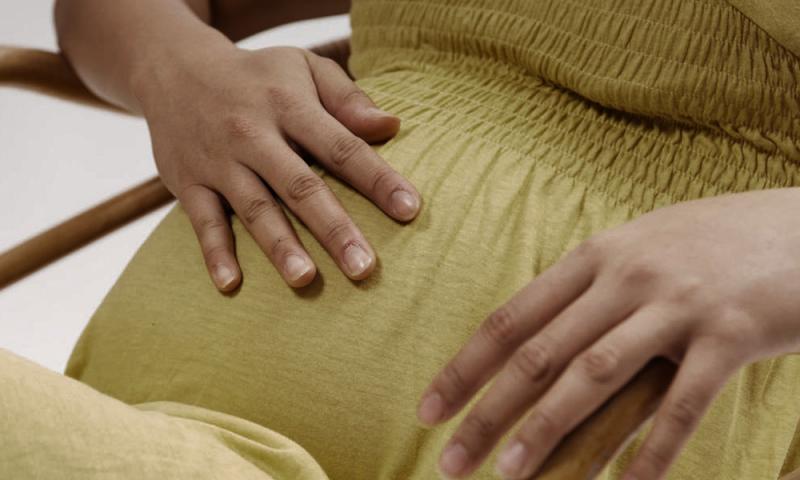What is needed to decrease adolescent pregnancies?
LETTER | Here are some statistics on adolescent pregnancy. In developing countries, 16 million girls aged 15 to 19 give birth each year.
Adolescent mothers are significantly more likely to suffer complications such as high blood pressure, severe infections and fetal problems.
A further 3.9 million adolescent girls undergo unsafe abortions annually around the world, putting their health at serious risks.
In Malaysia, births from adolescent pregnancies reached a peak of 18,000 annually in 2011 to 7,754 in 2018. That's about 21 adolescent births per day.
The majority of adolescent pregnancies were unplanned and about 50 percent may end up as abortions.
Unfortunately, Malaysia does not have any data on abortions and in particular the number of unsafe adolescent abortions which can cause serious long term health risks.
Baby dumping cases have averaged about a 100 annually for more than a decade, which equates to approximately one case every three days. The majority of the babies were found dead.
A survey on Malaysian adolescent knowledge on reproductive health consistently shows barely adequate basic knowledge.
On the other hand, the incidence of sexual activity among youth has risen dramatically from 2.3 percent for 13-17 years old in 2014, to 7.3 percent in 2017.
The common features of adolescent pregnancy cases are unmarried status, low-income families and school dropouts.
Evidence from around the world shows that health plus contraception education significantly reduces the incidence of unintended adolescent pregnancies.
The Unesco curriculum on comprehensive sexuality education is a global model that is effective.
The important tenets of its core teachings are based on its cultural relevance, gender equality and human rights.
The results clearly show that it delays initiation of sexual activity, decreases risky sexual behaviour, as well as unintended adolescent pregnancies.
Many countries, including the United States, United Kingdom and our neighbouring Thailand have implemented these teachings successfully.
Putrajaya recently launched YouTube videos for the young in a bid to teach children about sexual safety, and information posters with helplines in hotspots to prevent baby dumping.
This is the start of an evidence-based approach in tackling what has been plaguing our youths for decades and must truly be applauded.
The government is no longer denial as to what truly works and need to be implemented.
There are still many more steps and strategies to be implemented, such as healthcare professional training, school-based teachings, community engagements, legal amendments on adolescent access to services, parental education etc, each based on clear evidence of its effectiveness.
We must support our government efforts as these baby steps are being instituted towards a long road of recovering the lost years that befallen our youths, and ensure that no youths are left behind.
Walk with them, be with them and offer our hands as they negotiate the tumultuous part of their lives to be the leaders of tomorrow.
The views expressed here are those of the author/contributor and do not necessarily represent the views of Malaysiakini.
RM12.50 / month
- Unlimited access to award-winning journalism
- Comment and share your opinions on all our articles
- Gift interesting stories to your friends
- Tax deductable
